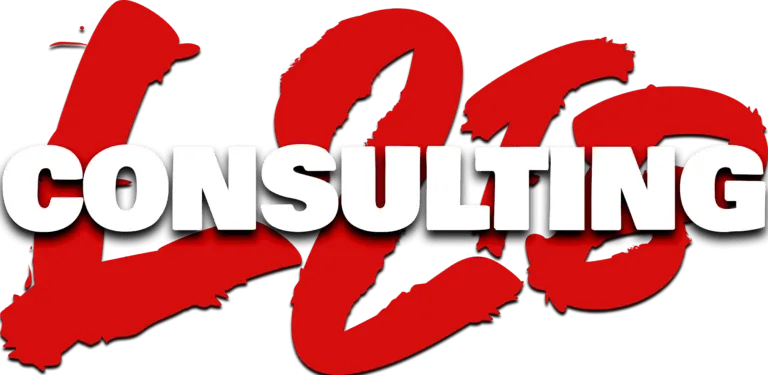
MORE THAN JUST A PODCAST
We can help you deal with the BULL!
Exposing the BULL in Property Claims
Listen to This Bull is committed to cutting through the confusion in property claims. We empower claimants and insurance professionals alike with direct claims consultations, comprehensive online courses, interactive webinars, private team training, and expert reports. Discover how our proven solutions help you navigate the claims process and secure the outcomes you deserve.
DIRECT 1-ON-1
CONSULTATIONS
Get personalized guidance from industry experts to navigate and resolve your property claims challenges with confidence.
EXPERT
REPORTS
Unlock in‑depth insights and actionable strategies with our comprehensive expert reports on property claims.
ON-DEMAND
VIDEO TRAINING
Learn proven property claims strategies at your own pace with our accessible, on‑demand video training courses.

NEED HELP?
Tap into Mathew’s mind. Elevate your strategies, conquer challenges, and achieve your goals. Schedule your consultation now!

READY TO LEARN MORE?
Learning made easy! Level your claim handling skills with these on-demand video lessons.

BRELLY AI - ADVANCED CLAIMS ASSISTANCE
Brelly AI harnesses advanced artificial intelligence to streamline property claims and deliver actionable insights. Featuring the Mathew Mulholland integration, it offers expert solutions and powerful analytics to boost efficiency and optimize results.

EMPOWERING BUILDING PROFESSIONALS
Building Experts Institute delivers expert-led construction training and certification programs to empower building professionals. Explore our comprehensive courses and industry resources to master best practices and advance your construction career.

FOLLOW US
COMPANY
CUSTOMER CARE
LEGAL
Copyright 2025 . L2TB Consulting LLC . All Rights Reserved.
